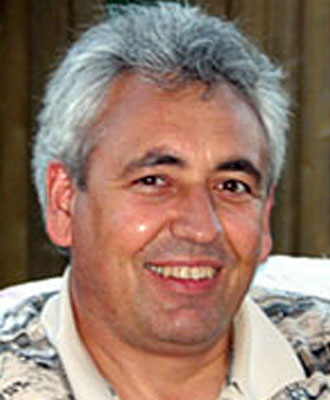Abstract
Unconventional gas resources, including tight sands and carbonates, coalbed methane, and gas shales, constitute some of the largest components of remaining natural gas resources in North America. The main challenge in producing gas from tight rocks is generally their low permeability however, these unconventional reservoirs can exhibit significant permeability variations due to local compositional heterogeneity and distribution of fracture networks. Knowledge about the occurrence of natural fractures can help delineate permeability fairways (sweet spots) for optimum placement of the wells.
In the last decade, different seismic techniques were developed to identify enhanced fractured zones in tight reservoirs. Generally, these methods are based on structural interpretation, P-wave amplitude and velocity variation with azimuth (AVAZ & VVAZ) analysis and shear-wave splitting of three-component converted-wave data due to velocity anisotropy.
Recently reprocessed 3D seismic data sets acquired for conventional Lower Cretaceous fluvial reservoirs and Paleozoic carbonate plays were used to test some of the available fracture detection techniques applicable for tight reservoirs. Different seismic structural attributes were generated to map fracture networks, and AVAZ and shear wave splitting analysis were employed to detect anisotropy due to natural fractures or local stress variation.
This presentation will summarize the results of these analyses and how they correlate with subsequent drilling information.
Biography
Christian Abaco holds a B.Sc. (Hons.) degree in Geological Engineering from the University "Alexandru Ioan Cuza" of Iasi, Romania (1985), a degree in Economics from the Academy of Economic Sciences, Bucharest, (1992) and a M.Sc. in Geophysics from the University of Calgary (2003).
Before completing his degree in Geophysics, Christian worked as exploration geologist for 16 years in Canada and Romania. He was involved in both sedimentary and igneous/metamorphic rock projects exploring for oil & gas, coal, base metals, gold and diamonds. In 2001 Christian began work with Pancanadian Energy/EnCana as a geophysicist in the International & New Ventures Division. Working with the Brazil Group and later within the Seismic Analysis Group, he was involved in various seismic interpretation, AVO/LMR, gravity & magnetic projects in Brazil (Santos, Campos and Espirito Santo basins), offshore West Africa, Australia (Great Australian Bight), Ireland (Porcupine basin) and Atlantic Canada. Since 2004, Christian was involved in different conventional and unconventional projects in the Western Canadian Sedimentary Basin. Currently, his work is primarily focused in fracture detection and permeability mapping of tight reservoirs employing different seismic and structural analysis techniques.
He has presented and co-authored a number of papers at CSEG, CSPG, EAGE and SEG conventions on integrated geophysical and geological analysis of fold and thrust belts and fracture detection techniques in tight reservoirs. Christian received SEG's "Award of Merit" for the "Best Student Paper" presentation at the 2002 convention, his paper being judged in the top four overall presentations given at the 2002 annual meeting. He also was a guest speaker at the Geophysical Society of Houston in January 2006. Christian is a member of the CSEG, SEG, EAGE, AAPG and APEGGA.





